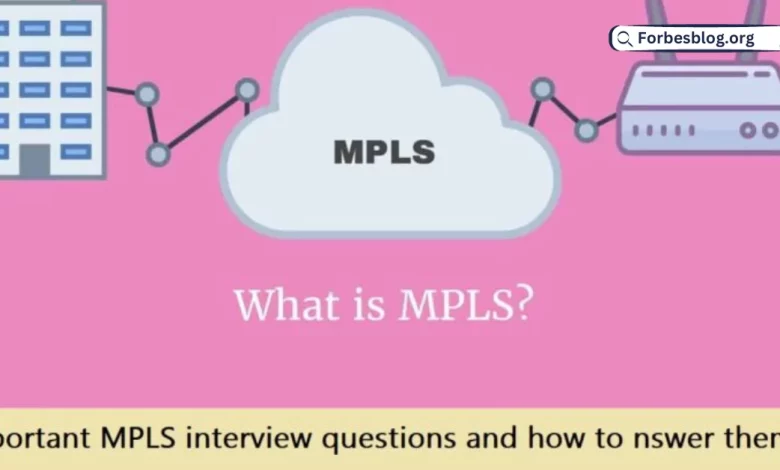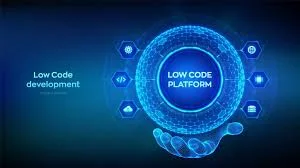Important MPLS interview questions and how to answer them?

Are you a networking expert wanting to step into the market and enhance your skills? Of course, the first thing you would have to surpass is the interview. We are here to help our MPLS experts with their MPLS interview questions so that they can perform their level best and secure a good reputation in the market as network experts. So, without any further delay, Let’s dive in and know what questions you should prepare for.
Table of Contents
What is MPLS?
MPLS stands for Multiprotocol Label switching. It is a technology that processes data packets based on labels. Thus, it provides high-end network communication between different networks. The significant thing in this technology is that the whole communication between different nodes is done on the basis of labels instead of routing table lookups. That’s why MPLS is considered more efficient as compared to routing table lookups.
What are some significant benefits of MPLS?
The following is the list of all the incredible benefits that networking experts can enjoy!
- First of all, it supports multilevel QoS to minimize the risk of packet loss for different types of traffic.
- It offers fast convergence because you don’t need routing table lookup. Instead, communication is done through labels.
- It also offers scalability to IP VPNs.
- MPLS is a reliable and very secure way of communication between different nodes.
How does MPLS work?
In MPLS, each packet is assigned a label. Each label has a predetermined path to connect with the network. Thus, MPLS offers higher control in networking as compared to packet-switched networks. So, we can say that MPLS is a technology that allows robust control of network routing. This technology creates paths within the network and performs as a point-to-point connection. The best thing about this technology is that it is flexible and virtual as compared to physical.
Where do we use MPLS technology?
The most significant application of MPLS technology is the virtual private LAN service Ethernet traffic and forward IP protocol data units (PDUs). Some other significant applications of MPLS are telecommunication traffic engineering and MPLS VPNs.
What is VRF in MPLS?
VRF stands for virtual routing and forwarding. This technology allows you to have more routing tables on one router. VRF works in MPLS just as VLANs work on switches. Mostly, VRFs are paired with MPLS VLANs for better performance. VRFs are a significant part of MPLS, and without MPLS, VRFs are called VRF lite.
Conclusion:
If you are looking for further elaboration on MPLS and how it works, don’t forget to visit SPOTO CCIE. They are offering a comprehensive briefing on the whole process and the minor details of it. So, the new network experts can train themselves before stepping into the market.
If you are trying to prepare for an MPLS interview as a networking expert, it’s time to rock the market with your brilliant performance. So what are you waiting for then? Put all your worries aside. Step forward, shake hands with a highly professional team at SPOTO CCIE, and get ahead of the game!




